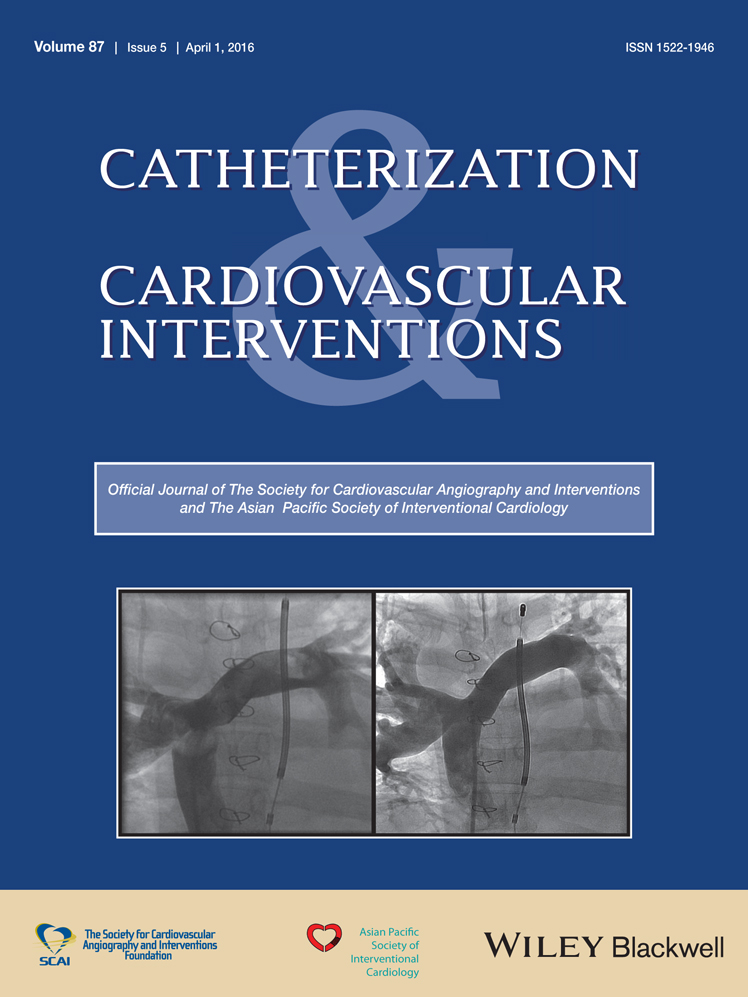Fatal Erosion Atrial Septal Defect Device
Conflict of interest: PL is proctor for pfm and has received honorary fees.
Abstract
Percutaneus device closure of atrial septal defects offers an alternative to conventional surgical repair. While procedure techniques and devices have improved, severe complications remain that are neither completely understood nor entire predictable. We present a case of a 19-year-old female with left atrial erosion leading to lethal pericardial tamponade 1 month after ASD II closure using the Nit Occlude ASD-R® (NOASD-R, pfm Medical, Cologne, Germany). To our knowledge this is the first reported lethal complication related to this device. © 2015 Wiley Periodicals, Inc.




